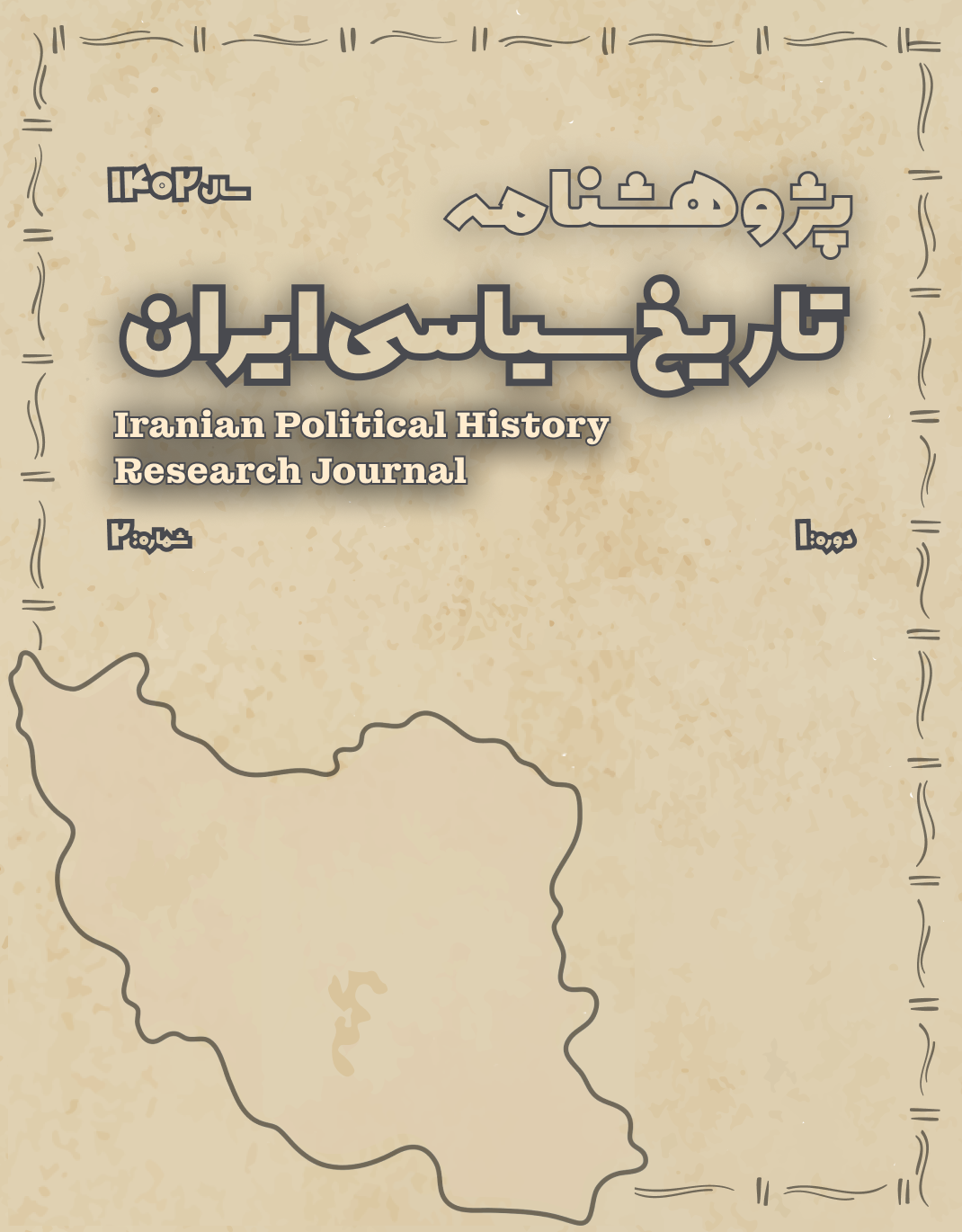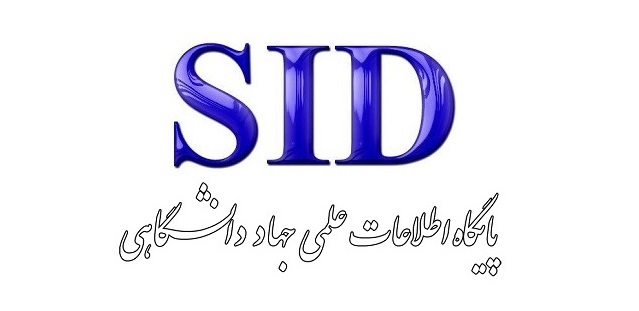Revisiting Legitimacy Crises in Different Periods of Iranian Monarchy
Keywords:
Political legitimacy, legitimacy crisis, Iranian monarchy, religious legitimacy, modern legitimacy, Weberian theory, Constitutional Revolution, Pahlavi collapseAbstract
This article aims to provide a historical reinterpretation of legitimacy crises across different periods of Iranian monarchy, using theoretical frameworks from Max Weber, Michel Foucault, Jürgen Habermas, and James Scott. It analyzes the dynamic transformation of political legitimacy discourses from ancient Iran to the collapse of the monarchy in 1979. Beginning with the cosmic and mythic notion of farr-e izadi in the Achaemenid and Sasanian periods, the study then explores the tension between Islamic caliphal legitimacy and Iranian royal traditions during the Islamic to Safavid eras. Under the Safavids, the fusion of Shi‘a jurisprudence and kingship created a theocratic-legal model of legitimacy, which later fractured due to the rupture between the Shah and the clerical establishment. During the Qajar period, the introduction of modern political ideas triggered a deep duality between traditional and legal–modern legitimacy, culminating in the Constitutional Revolution. The Pahlavi monarchy attempted to construct a modern nationalist legitimacy through secularization, centralization, and rapid development, but ultimately undermined its own credibility through authoritarianism and the exclusion of popular participation. The article argues that despite their historical differences, legitimacy crises in Iran consistently followed three core patterns: lack of public participation, the breakdown of mediating institutions of legitimacy, and the failure to generate persuasive legitimacy discourses during moments of sociopolitical upheaval. The conclusion offers a comparative synthesis and suggests new directions for future research on legitimacy in monarchic and post-monarchic systems.
Downloads
References
Abrahamian, E. (2008). A History of Modern Iran. Cambridge University Press.
Arjomand, S. A. (1984). The Shadow of God and the Hidden Imam: Religion, Political Order, and Societal Change in Shi'ite Iran from the Beginning to 1890. University of Chicago Press.
Behnam, J. (1985). Iranian Society: An Historical Survey. Tehran: Kayhan Publishing.
Chehabi, H. E. (1990). Iranian Politics and Religious Modernism: The Liberation Movement of Iran under the Shah and Khomeini. Cornell University Press.
Foucault, M. (1980). Power/Knowledge: Selected Interviews and Other Writings, 1972–1977. Pantheon Books.
Katouzian, H. (2009). The Persians: Ancient, Mediaeval and Modern Iran. Yale University Press.
Keddie, N. R. (2003). Modern Iran: Roots and Results of Revolution. Yale University Press.
Skocpol, T. (1982). States and Social Revolutions: A Comparative Analysis of France, Russia, and China. Cambridge University Press.
Weber, M. (1978). Economy and Society: An Outline of Interpretive Sociology (G. Roth & C. Wittich, Eds.). University of California Press.









